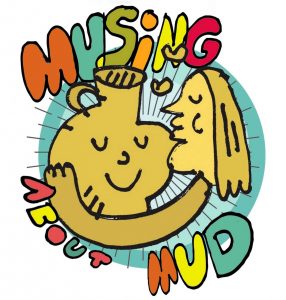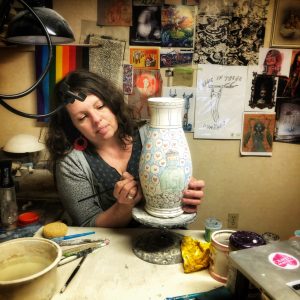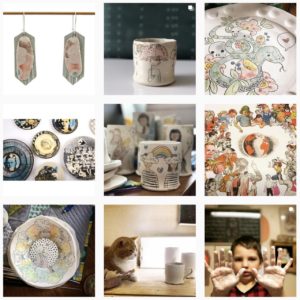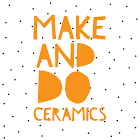by Carole Epp | Aug 30, 2007 | Uncategorized
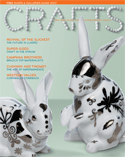
So I ran across an interesting interview with the artists Clare Twomney and David Cushway in the latest issue of CRAFTS: The Magazine for Contemporary Craft.
Both were speaking about their practice and conceptual approaches to the medium. Most of the statements were interesting and thought provoking, although I did take a bit of offense to a comment made by Twomney which stated (and perhaps out of context) that she was “interested in big ideas, revolutionary ideas, and that comes from the world of drawing and painting, not using ceramics.” (pg.22, Crafts, July/Aug 07) I’m not sure where to begin at this point in the defense of ceramics as a revolutionary medium equivalent to painting or drawing. This discussion demands far more than a simplistic blog entry at this point, but I’d love to hear what others have to say about the comment, as I hope to return to this in greater detail at a later point.
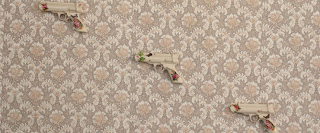
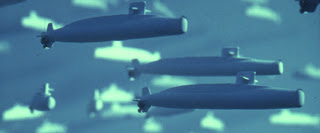
Clare Twomney: Housewares and Shoal
I’ve long admired the works of both artists, how they interact with the rich history of ceramics and art to produce works that are not only conceptually strong, but technically proficient as well. For without technical proficiency the works would suffer visually. Both have worked with the medium in an ephemeral manner allowing for the the transformation of the material either physically, or it’s transformation while in exhibition, inform and guide the work and audience. An example would be Cushway’s Sublimation piece, in which the disintegration of the object, rather than the static permanence of the object is that which speaks volumes. And Twomney has allowed the audience the control of the work, through their engagement in theft of the work to give the piece meaning in Trophy (2006), wherein the gallery contained 4000 Wedgewood produced Bluebirds, which the public were encouraged to covet and take.
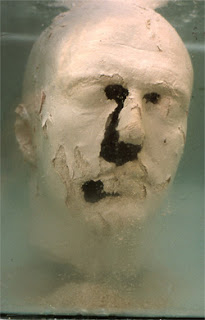
David Cushway: Sublimation
The conversation in the interview between both artists also discussed the importance of collaboration in their practices, between them and other artists, their audiences, industry, etc.
It’s a short few page piece and if you can get your hands on it, it’s interesting enough for the few minutes it takes to read it. I particularly like when Cushway speaks about seeing Antony Gormley on tv and how he refers to sculpture “as a stillness in a constantly changing world.” (pg 24, Crafts, July/Aug 07) I like the peacefulness of that statement.
by Carole Epp | Aug 29, 2007 | Uncategorized
So over the weekend I attended Prairie Flicker with the aim of learning what this whole junk-a-gama thing was all about. It’s wise to acknowledge though that as artists there is rarely true junk out there, or materials that we can’t find a new life for. This is particularly so for ceramics where anything in it’s final form can at the very least be ground down into grog. So when referring to a junk-a-gama kiln, we’re really not talking about junk, in fact the bricks we used were, while definitely not new, were in pretty good shape.
So the building began by about 11am and with a good break for lunch we were finished construction by around 3 that afternoon – now that’s my kind of kiln building! Mind you we had a lot of hands, but still, as much as I love a beautifully constructed kiln, my patience and my back can’t handle all the work. So a one day kiln was just my speed.
Here’s a few play by play shots of the construction:

The floor in place and the beginning of the walls.

A view of the fire box with stainless steal rods in place.

Walls complete and the chimney in place.

A view from the front to the back.

The checkered bag wall.

At last the packed kiln!
The aim was to reach at least cone 6, we had a good range of clay bodies and a select few glazes that could withstand a range in temperature. The top of the kiln was finished off with old shelves and a final layer of soft brick.
Unfortunately in the end with a one day firing we didn’t quite reach the goal temperature but with some minor adjustments the next firing should proceed according to plan. But melted glaze or not, what fun! Beyond that, this kiln was the perfect size for a backyard, single person firing wood kiln.
The workshop participants also got the chance to pit fire and raku. While I fondly remember back in undergrad my friend Jessie and I building our first kiln, a raku that we actually got a substantial amount of work through before it started to fall apart, it’s been ages since I’ve done a raku. It’s not that I’m not an admirer of raku work, it just that it doesn’t quite fit the work I’ve been producing over the last few years. But I was introduced to a new technique for raku this weekend that I’ve never seen before – chip slip. I was quite inspired…maybe there will be more raku in my future.
Here’s a shot of the slip being picked away, and a beautiful final result.


by Carole Epp | Aug 27, 2007 | Uncategorized

CBC produced a documentary this year to celebrate the 2007 Year of Craft called Hand Made, Hand Held wherein they talk to collectors and producers of craft. Just something to help you procrastinate on a Monday morning!
by Carole Epp | Aug 22, 2007 | Uncategorized
While I may have been one of the lucky ones that actually enjoyed a good critique in college (i know it’s sick right?), for anyone who hated having to sit through critiques in college and thought they were filled with the esoteric ramblings of those with little insight into the actual work, but who like to hear themselves talk check out the “instant art critique phrase generator” It’s good for a bit of a laugh!
by Carole Epp | Aug 22, 2007 | Uncategorized
I found a great portal website, Share, that showcases a bunch of contemporary dutch ceramic design and thus thought today a profile of a number of Dutch artists was in order. Here’s a quick overview of highlights in case you don’t have the time to visit all of the websites individually. The Share website also has links to galleries, different organizations, design groups, work centres, you name it – it’s a great resource.
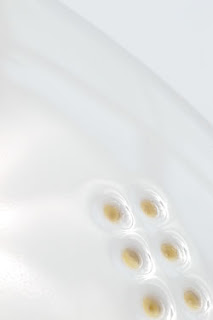
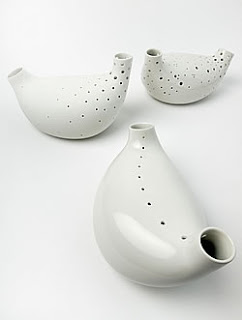
The above work is by the artist Simone van Bakel. Her work isn’t limited to ceramics, she in corporates a variety of materials, all of which are well mastered.
This following work by Paula Bastiaansen you’ll likely recognize from the pages of Ceramic Art and Perception, among other publications. She has a nice website with a bit of info about her process.
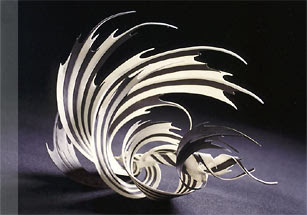
These next two are by Judith van der Boom, the second in particular I enjoy the humor in the thought of having to look up their skirts in order to have a drink. She’s also got a great blog worth a read.
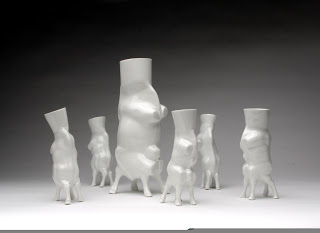
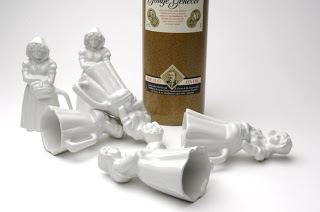
Here’s a piece called Chrysanthemum by Lonneke Kuysten.
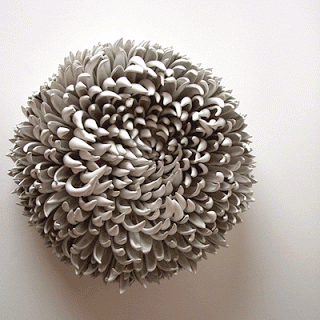
Unfortunately not all of the websites are in English, so sometimes they just end up being pretty pictures without context, but that’s okay too I guess, like this beautiful work by Anita Manshanden.
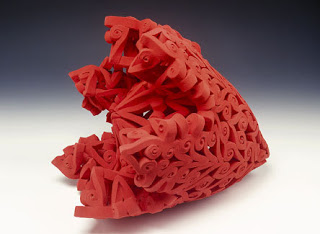
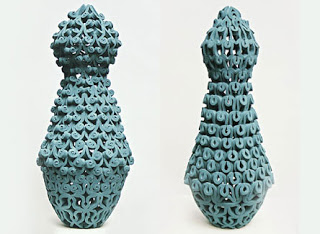
I love the simplicity of the forms and the install in this work by Vincent de Rijk.
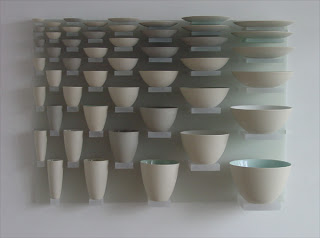
And I’ve always been a huge fan of Esther Stasse’s work, so I’ll end with these and leave the rest of the exploring on the Share website for you to enjoy!



























